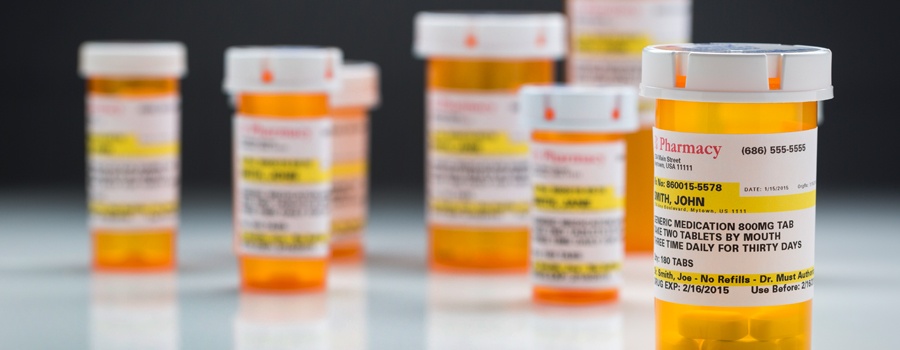The nation has been grappling with an opioid crisis for years. In 2017 alone, there were 47,600 opioid-related overdose deaths in the United States. It continues to be a public health emergency. U.S. Department of Health & Human Services Office of the Inspector General has been tracking opioid use in Medicare during this crisis, particularly since 2016.
In a statement, the Centers for Medicare & Medicaid Services said: “Fighting the opioid epidemic has been a top priority for the Trump administration. We are encouraged by the OIG’s conclusion which finds significant progress has been made in our efforts to decrease opioid misuse while simultaneously increasing medication-assisted treatment in the Medicare Part D program.”
OIG has identified beneficiaries at serious risk of misuse or overdose and has identified prescribers with questionable prescribing for these beneficiaries. These types of analyses are crucial to understanding and addressing the national opioid crisis. Building on past OIG work, this data brief details opioid use in Medicare Part D in 2018 and trends in drugs used to treat opioid use disorder.
We based this data brief on an analysis of Part D prescription drug event records for opioids received in 2018. We determined the beneficiaries’ morphine equivalent dose, which is a measure that converts all of the various opioids and strengths into one standard value.
WHAT WE FOUND
Alabama had the highest proportion of beneficiaries receiving opioids through Medicare Part D, while Hawaii had the lowest proportion.
- Nearly 3 in 10 Medicare Part D beneficiaries received opioids in 2018, a significant decrease from the previous 2 years.
- At the same time, the number of beneficiaries receiving drugs for medication-assisted treatment for opioid use disorder has steadily increased and reached 174,000 in 2018.
- In addition, the number of beneficiaries receiving prescriptions through Part D for naloxone-a drug that can reverse the effects of an opioid overdose-more than doubled from 2017 to 2018.
- About 354,000 beneficiaries received high amounts of opioids in 2018, with about 49,000 of them at serious risk of opioid misuse or overdose; this was fewer than in the previous 2 years.
- About 200 prescribers had questionable opioid prescribing for beneficiaries at serious risk.
WHAT WE CONCLUDE
Progress has been made in decreasing opioid use in Part D, increasing the use of drugs for medication-assisted treatment, and increasing the availability of naloxone. It is imperative for the Department of Health and Human Services-including CMS and OIG-to continue to implement effective strategies and develop new ones to address this epidemic.
